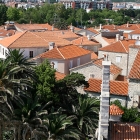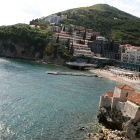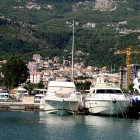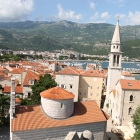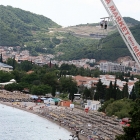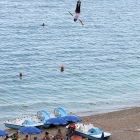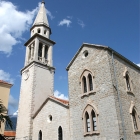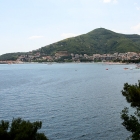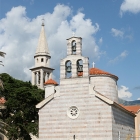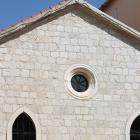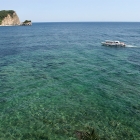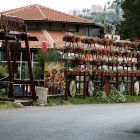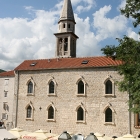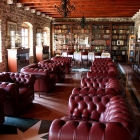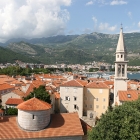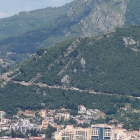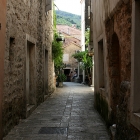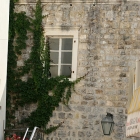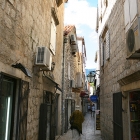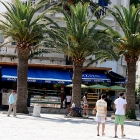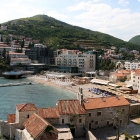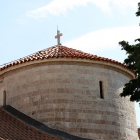The Old Town of Budva. Too beautiful to look 2500 years old
If you are curious what made Budva the place with the most millionaires in Europe, to the proportion of population, here’s the answer. Budva is an ideal resort for Mediterranean: it has marine and mountainous landscape, historic architecture, medieval churches, sandy beaches, night life. To put it in one line, it has the classy look of a Croatian top destination like Dubrovnik and the moderate Montenegrin prices.
Of course the relics from the times of the Phoenicians, more than two millenniums ago, and of Greeks can only be found in museums now. But the medieval look is very well preserved in the citadel. And this is due to almost four centuries of Venetian rule, which embellished it, just like it did with neighboring Croatian cities on the coast. Ironically, because these cities (like Trogir, Dubrovnik and Budva) were so cautious about maintaining their heritage in its classy Medieval line, when it comes to housing, they look better than Venice, which has the upper hand when it comes to monumental buildings. Add to the exquisite Italian style a century of Austrian and Serbian vividness and you will understand the charm of Budva.
The citadel is still protected by large stone walls, but its gate is now opened to a pedestrian street full of souvenir shops and bars, leading to the largest beach around. Despite the crammed aspect of the city and the tiny population, Budva hosted some of the greatest names in show-biz, including the Rolling Stones and Madonna.
Budva has also a museum of the city, with models of historic ships, a library and antiquity exhibition. But its main asset is the ability to climb the walls of the fortress and get a panoramic view of the town, of the island and of the surrounding mountains, which are starting to get populated with hotels and villas.
Two churches dominate the center of the old city: St John (Sveti Ivan Katedrala) a Gothic building with a high spire, and the church of the Holy Trinity (Crkva Sveto Trojstvo), recognizable by its original facade wall. The church of the Holy Trinity is an Orthodox church erected in the very beginning of the 19 century, while St John is a later Catholic church, tributary to the Romantic taste of the same century.
- Home Page
start page - Architecture
landmark buildings - Sacred architecture
places of worship - Nature
landscape photography - Concert
performing artists - Christmas
Santa Claus pictures
- Jooble
jobs for photographers - Escape
an out of control blog - Merry Christmas
The best organizer of Christmas parties - Astro photo
Eclipse hunting and astrological photography

